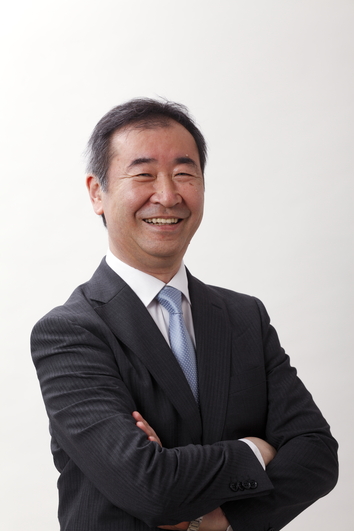New Permanent Exhibitions Opening to the general public on April 23, 2025
Titles: “Quantum Computer Disco” and “The Universe: Unread Messages”
The National Museum of Emerging Science and Innovation (“Miraikan”; Director: Asakawa Chieko, Ph.D.) has finalized the outline for the new permanent exhibitions opening to the public this spring, including the exhibition titles and the opening date. The exhibitions are entitled “Quantum Computer Disco” and “The Universe: Unread Messages,” and will open to the general public on Wednesday, April 23, 2025. Visitors can enjoy learning about ambitious, future-focused, cutting-edge research and development through these hands-on exhibitions.
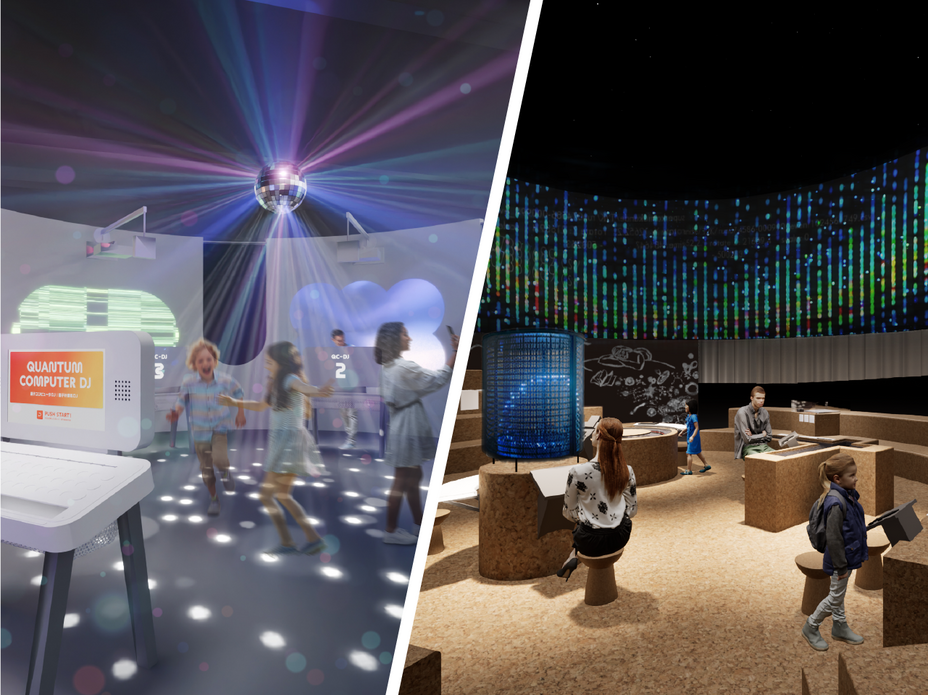
In the exhibition, “Quantum Computer Disco” visitors can learn about the diverse possibilities of quantum computer programming through a DJ-like experience. In addition to displaying a real, qubits, integrated circuit chip, a valuable item that is normally hidden away at research institutions, this exhibition will also show how quantum computers work, a history of the research, and the latest developments in the field, all in an easy-to-understand way, starting from the basics.
The exhibition, “The Universe: Unread Messages” allows visitors to experience how scientists are utilizing huge observation and experimental equipment in their attempts to unravel the mysteries of the universe. The exhibition space is surrounded by spectacular visuals and sound, based on actual observation and experimental data. Experiential stations installed beneath these visuals and sound allow visitors to experience four types of research used to understand the universe: neutrino observation; gravitational wave observation; observation of the universe using light, including wavelengths that are invisible to the naked eye; and particle accelerator experiments. While getting a sense of the accumulated knowledge of mankind, visitors will be fascinated by the depth of the universe and its inexhaustible well of mysteries. There will also be a generative AI exhibition that allows visitors to discuss a variety of universe-related topics.
General information
- Date opening to the general public
- April 23, 2025 (Wed)
- Exhibition area
- Permanent Exhibition Zone on the 3rd and 5th floors
- Closed
- Tuesdays & during the year-end period (Dec. 28 through Jan. 1)
- Opening hours
- 10 AM to 5 PM (Ticket sales and museum entry end at 4:30 PM)
- Entry fee
- Adults: 630 yen, Children 18 years old or younger: 210 yen, Preschool-aged children: Free
Quantum Computer Disco
If realized, quantum computers have the potential to transform a range of fields, including the development of groundbreaking new medicines. In this exhibition, you’ll enjoy a DJ-like hands-on experience, playing the music of your choice on the dance floor to get an idea of what it’s like to program a quantum computer.
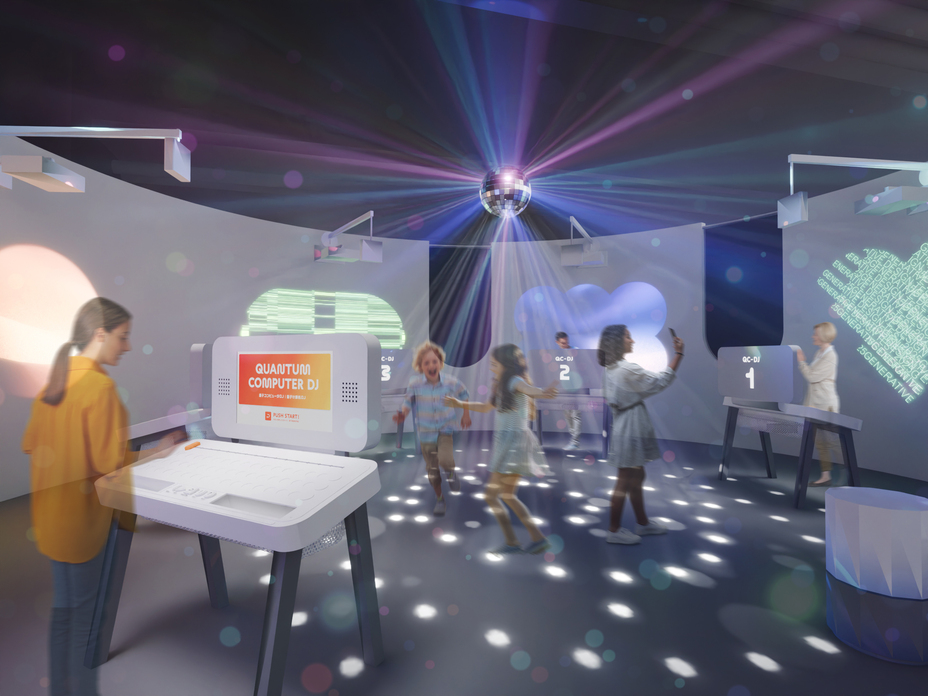
Highlights
Be a DJ and get hands-on with quantum programming!
Get an experiential understanding of quantum computer programming through the principles of quantum mechanics as you listen to overlapping music tracks and select individual songs.
See a real qubits integrated circuit chip
One of the actual chips that governs the calculations of a quantum computer is on display. This chip is currently under development at the RIKEN Center for Quantum Computing. Such chips are normally hidden away at research institutes, so be sure to take advantage of this rare opportunity to see one with your own eyes.
Get to know quantum computers!
We explain the underlying principles and mechanisms behind quantum computers, and the history of computers — from analog to quantum — in an easy-to-understand way. In addition to videos and manga (comics) that will help you understand quantum computers, we also set up a corner with expert answers to basic questions about quantum computers submitted by ordinary people. This exhibition will better acquaint you with the complex topic of quantum computers.
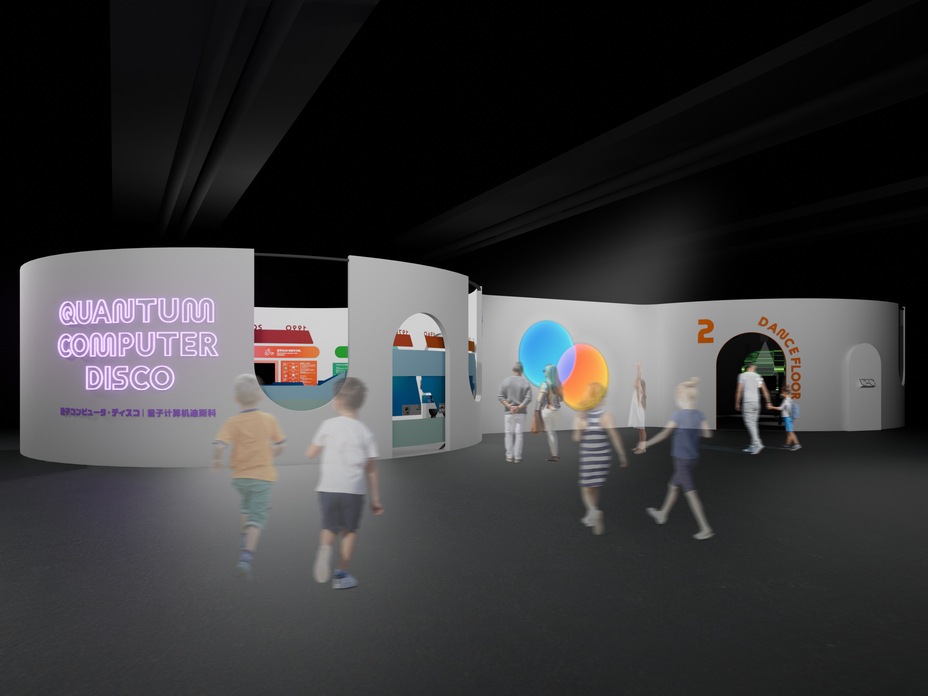
Explanation: Quantum Computers
A quantum computer is a computer that uses the principles of quantum mechanics. Since such computers would have orders of magnitude more computational power than modern “classical" computers, making quantum computers a reality would allow us to unravel phenomena of the natural world that have thus far remained a mystery, enable the development of revolutionary new medicines, and more. However, to build and use quantum computers, we need to be able to grasp and master the use of quantum mechanics, a field outside the conventional physics with which we are most familiar . Although the basic theory was formulated in the 1980s, this remarkable technology is only now seeing accelerated development as competition intensifies throughout the globe.
Supervisors
- Supervisor
- Fujii Keisuke (Professor, Osaka University School of Engineering Science)
- Scientific Advisors
- Shimada Yoshi-aki (Section Manager at SoftBank Research Institute of Advanced Technology (SoftBank Corp.), Specially Appointed Fellow at the Japan Science and Technology Agency’s Center for Research and Development Strategy)
- Cooperating Supervisors
-
Takahashi Hiroki (Associate Professor, Experimental Quantum Information Physics Unit, Okinawa Institute of Science and Technology)
Takeda Shuntaro (Associate Professor, Graduate School of Engineering, University of Tokyo)
Tabuchi Yutaka (Unit Leader, RIKEN Center for Quantum Computing, Institute of Physical and Chemical Research)
Tomita Takafumi (Assistant Professor, Institute for Molecular Science, National Institutes of Natural Sciences)
Mizuno Hiroyuki (Distinguished Researcher, Center for Exploratory Research, Hitachi, Ltd.)
QunaSys Inc.

The Universe: Unread Messages
In this exhibition, visitors will experience how scientists are utilizing huge observation and experimental equipment in their attempts to decipher the universe. Be amazed by ambitious and meticulous research that goes far beyond what you may have pictured, while at the same time experiencing the wonders of the universe that still is hiding many of its secrets.
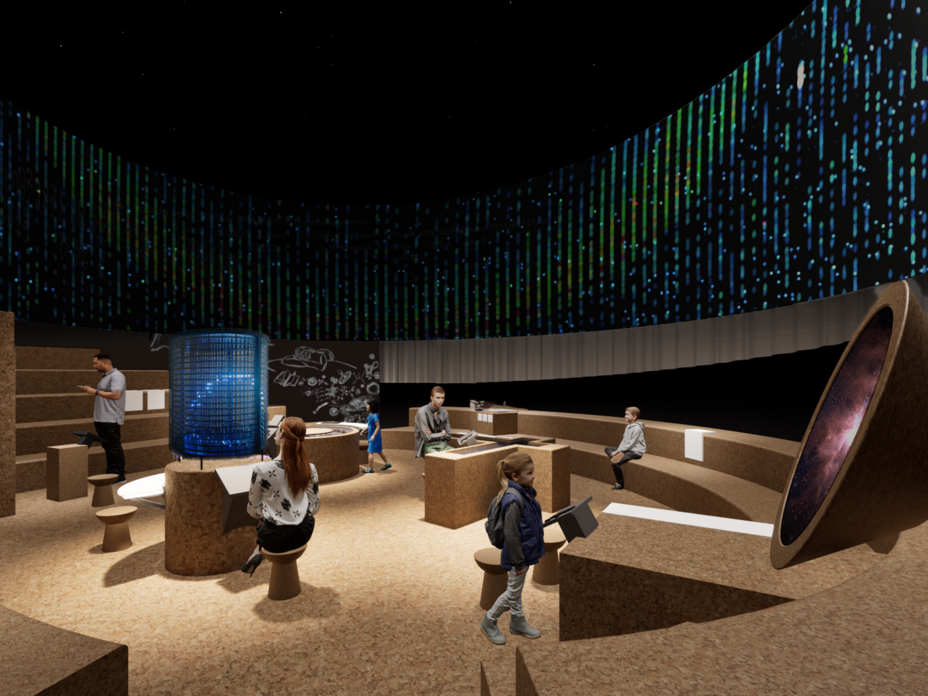
Highlights
Experience a new view of the universe via a 360-degree overhead screen!
Experience a new view of the universe arising from vast amounts of data, in an exhibition space completely surrounded by visuals and sound, expressing real data taken from observations and experiments. We’ll also introduce multi-messenger astronomy, a method developed in recent years that allows for a composite understanding of the universe through the combination of multiple data sets.
Experience 4 different observations & experiments to understand beyond what we can see
Visitors can experience how observations and experiments are conducted using huge devices to gain an understanding of the universe, guided by interactive videos with leading scientists. Get up close with the latest in astronomy and particle physics in four different approaches: neutrino observation, gravitational wave observation, observation of the universe using light that includes wavelengths invisible to the naked eye, and particle accelerator experiments.
Pondering the universe with AI
Part of the exhibition will feature a generative, interactive AI for visitors on topics about the universe. You can use discussions with multiple AI characters to deepen your thinking, not only on questions related to the universe, but also around familiar daily topics and concerns.
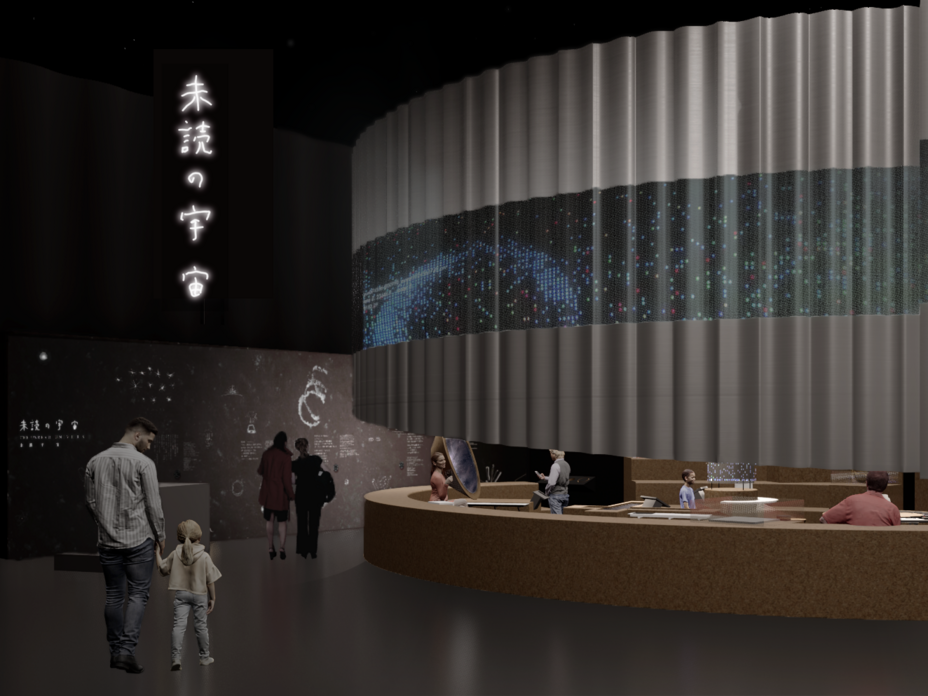
Explanation: Various observation methods for understanding the universe
We humans have created a variety of different observation methods to better understand the universe. In addition to visible light and observations using electromagnetic waves (including wavelengths invisible to the naked eye, such as radio, infrared, X-rays, and gamma rays), in recent years we have made progress in observing neutrino particles —hundreds of trillions that pass through our bodies each second —and achieved the first direct observation of gravity waves in 2015. In addition, we are driving ahead with large-scale experiments using particle accelerators that will allow us to recreate the initial state of the universe.
Supervisors
- Supervisor
- Kajita Takaaki (Distinguished Professor, Institute for Cosmic Ray Research, The University of Tokyo)
- Scientific Advisors
-
Ishihara Aya (Professor, International Center for Hadron Astrophysics, Chiba University)
Tanaka Masaomi (Professor, Graduate School of Science, Tohoku University)
Nakayama Hiroyuki (Associate Professor, KEK – High Energy Accelerator Research Organization)
